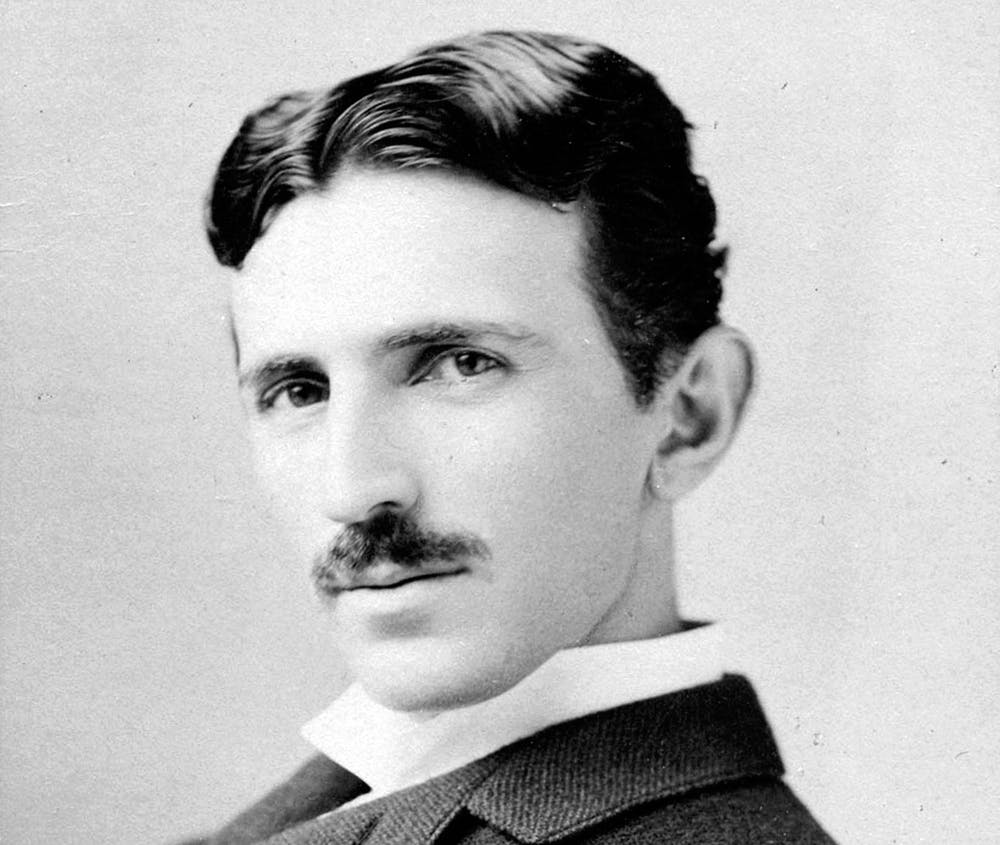Lesson 5: Protect Your Work
This lesson - a tough one for Tesla and one by omission - is to protect your work. Tesla, as we have shown partially here, was remarkably creative. He was undoubtedly inventive and a genius.
To be clear, an inventor’s job is to invent. It is not to be a marketer or a banker. Having those skills undoubtedly helps in pushing forward an idea or enterprise. Tesla was demonstrative and expressive, winning over audiences with his dramatic electrical displays and showing how his inventions worked.
Like many inventors, he was most interested in seeing his ideas come to fruition. He was focused on creating and building out his ideas. His name belongs among all the pioneers who spurred on electrical innovation. He was also generous.
Tesla’s innovations came at a time when the American landscape was dominated by a few major players, one of whom was J.P. Morgan. Morgan supported Thomas Edison’s work and had invested significantly in DC power. He was ruthless and determined to dominate industries and squash any competition.
Morgan demanded that Edison find a way to stop Tesla. At first, Edison tried to shoot down Tesla’s ideas as improbable. Then when Tesla won the support of industrialist George Westinghouse and began developing his AC motor fully and doing public demonstrations, Edison began an extensive smear campaign.
Tesla’s AC design work was supported by George Westinghouse, who had already invested in similar research with employees without success prior to Westinghouse hiring Tesla. Westinghouse financed the building of Tesla’s new AC motor and also his polyphase alternating current system. Westinghouse bought Tesla’s patents in return for a substantial royalty payment.
In 1893, Tesla successfully demonstrated his new technology at the Columbian Exposition in Chicago, also called the Chicago Fair. He helped Westinghouse secure the government contract to design a new power station at Niagara Falls. Tesla designed the world’s first major hydroelectric plant for Westinghouse. With these two successes behind them, Westinghouse and Tesla were on route to becoming very wealthy. The government and the public supported their AC design.
J.P. Morgan was furious. He had also bid on the contract with Edison and lost out. He threatened to bankrupt Westinghouse. To help free Westinghouse, Tesla tore up his royalty contract, enabling Westinghouse to sell Tesla’s patents to J.P. Morgan. Tesla helped save Westinghouse from financial ruin, but lost the financial rewards of his own invention - something that would have made him one of the wealthiest men in the world.
In efforts to further discredit Tesla, J.P. Morgan and his supporters called Tesla a “dreamer” and incapable of commercializing his inventions. Dreaming though is a necessity when it comes to invention! An inventor is not a banker, a publicist, a marketing executive, an account representative or even a manufacturer. Despite all his influence, J.P. Morgan, did not have the skills or ability to invent like Tesla did, nor did the man that he hired, Thomas Edison.










